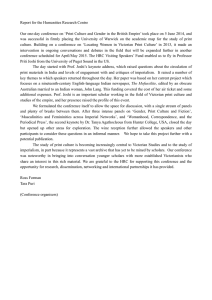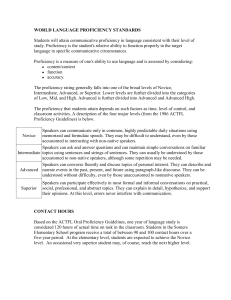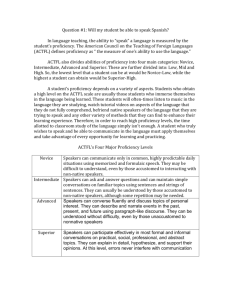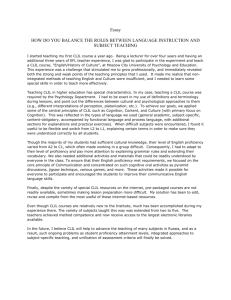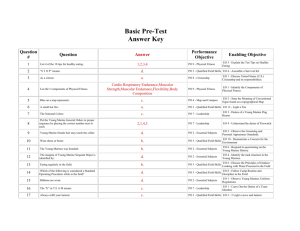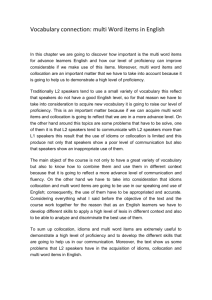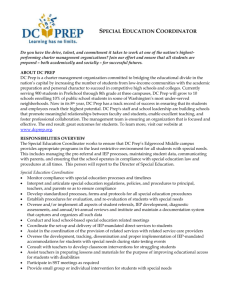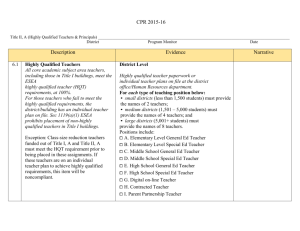Teaching languages: Quality counts
advertisement
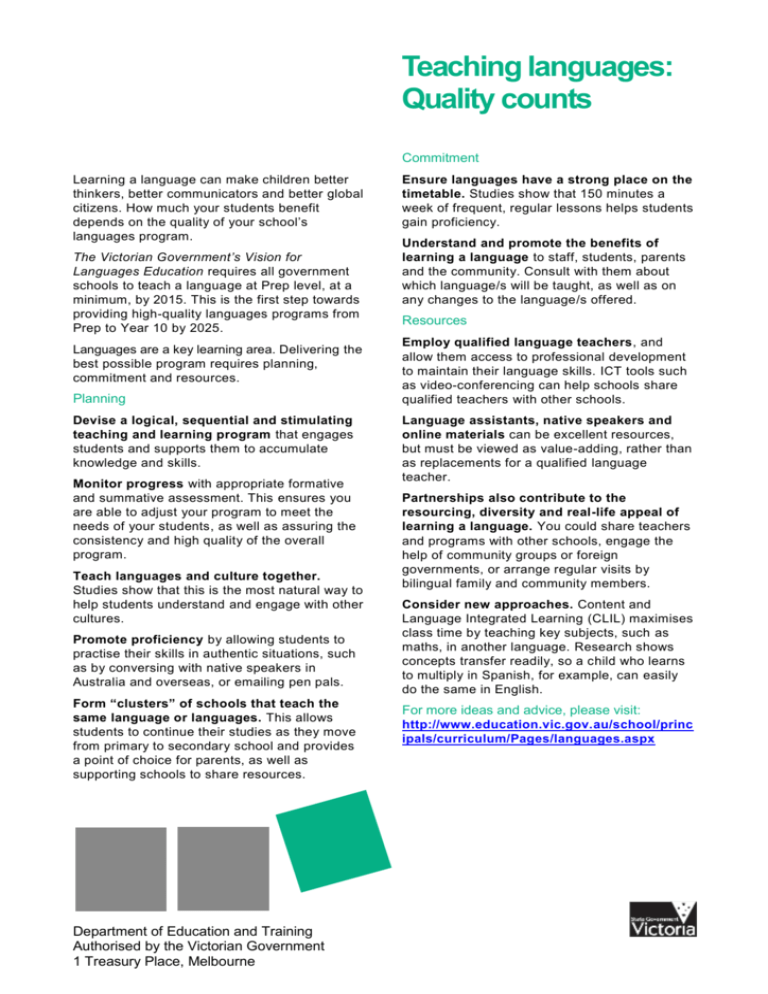
Teaching languages: Quality counts Commitment Learning a language can make children better thinkers, better communicators and better global citizens. How much your students benefit depends on the quality of your school’s languages program. The Victorian Government’s Vision for Languages Education requires all government schools to teach a language at Prep level, at a minimum, by 2015. This is the first step towards providing high-quality languages programs from Prep to Year 10 by 2025. Languages are a key learning area. Delivering the best possible program requires planning, commitment and resources. Planning Devise a logical, sequential and stimulating teaching and learning program that engages students and supports them to accumulate knowledge and skills. Monitor progress with appropriate formative and summative assessment. This ensures you are able to adjust your program to meet the needs of your students, as well as assuring the consistency and high quality of the overall program. Teach languages and culture together. Studies show that this is the most natural way to help students understand and engage with other cultures. Promote proficiency by allowing students to practise their skills in authentic situations, such as by conversing with native speakers in Australia and overseas, or emailing pen pals. Form “clusters” of schools that teach the same language or languages. This allows students to continue their studies as they move from primary to secondary school and provides a point of choice for parents, as well as supporting schools to share resources. Department of Education and Training Authorised by the Victorian Government 1 Treasury Place, Melbourne Ensure languages have a strong place on the timetable. Studies show that 150 minutes a week of frequent, regular lessons helps students gain proficiency. Understand and promote the benefits of learning a language to staff, students, parents and the community. Consult with them about which language/s will be taught, as well as on any changes to the language/s offered. Resources Employ qualified language teachers, and allow them access to professional development to maintain their language skills. ICT tools such as video-conferencing can help schools share qualified teachers with other schools. Language assistants, native speakers and online materials can be excellent resources, but must be viewed as value-adding, rather than as replacements for a qualified language teacher. Partnerships also contribute to the resourcing, diversity and real-life appeal of learning a language. You could share teachers and programs with other schools, engage the help of community groups or foreign governments, or arrange regular visits by bilingual family and community members. Consider new approaches. Content and Language Integrated Learning (CLIL) maximises class time by teaching key subjects, such as maths, in another language. Research shows concepts transfer readily, so a child who learns to multiply in Spanish, for example, can easily do the same in English. For more ideas and advice, please visit: http://www.education.vic.gov.au/school/princ ipals/curriculum/Pages/languages.aspx
